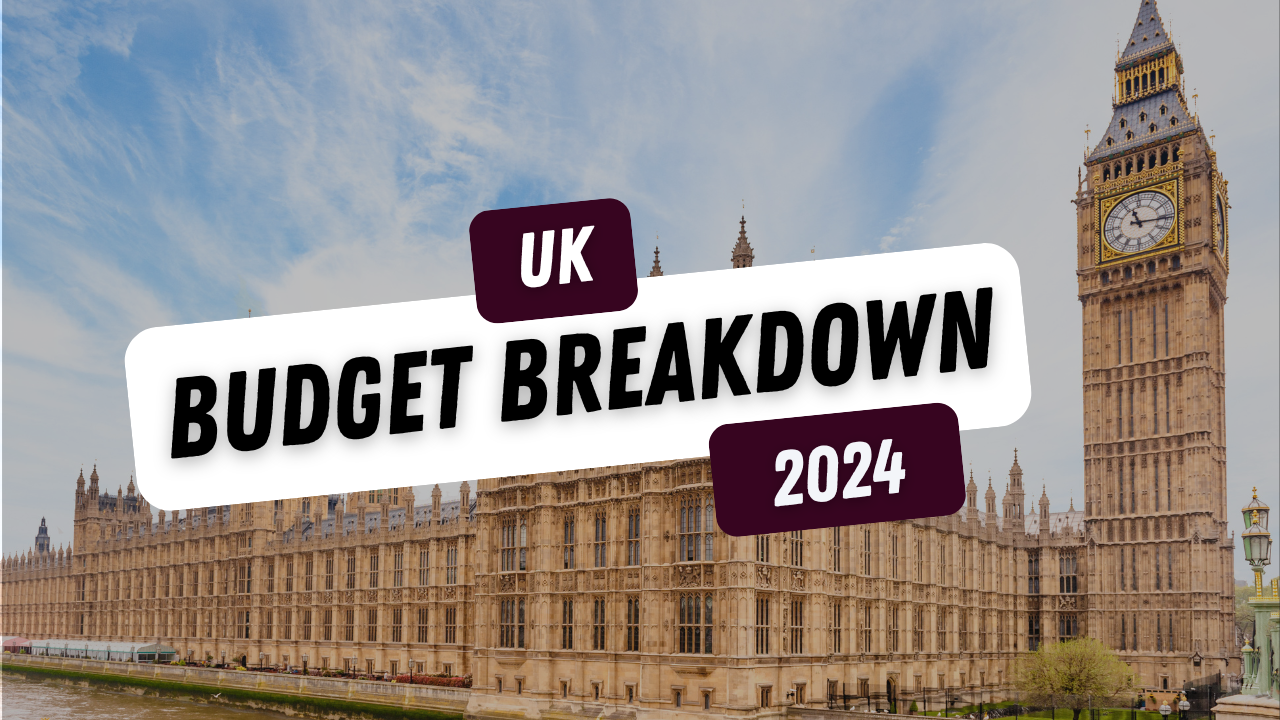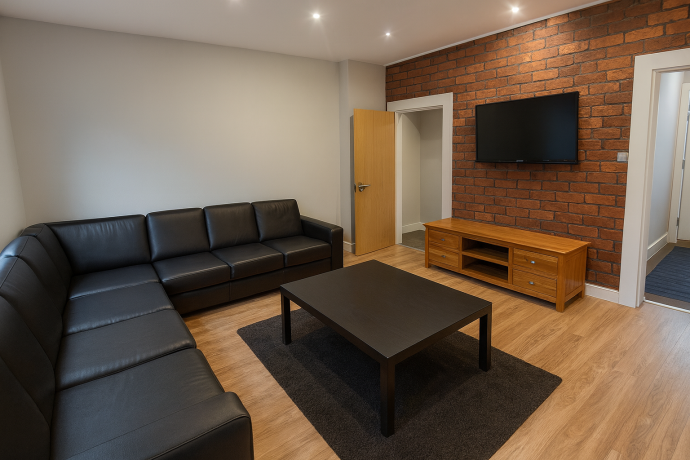
Despite becoming politically sensitive in recent years, investing in property remains an entrepreneurial activity. There are few other investments which, if chosen wisely, can provide you with the opportunity to leave full time employment and replace it with a regular passive income.
However, there are some major changes about to happen to the buy to let sector. Changes that will require an investor to consider the type of investment vehicle best suited to their overall investment strategy.
This post is designed to give a brief outline to one of these changes, namely Clause 24 of the Finance Act 2015.
Assuming a buy-to-let property is owned personally i.e. not through a company, under the current system a landlord is allowed to offset their mortgage interest against their rental profits as a legitimate tax deductable business expense, similar to ongoing repairs, letting fees etc.
Clause 24, a piece of legislation introduced by George Osborne to curb buy-to-let activity, will ensure that as of April 2017 landlords are no longer eligible to receive higher rate relief on mortgage interest or other finance costs. The changes will be phased in over three years starting from 6 April 2017 and will apply to existing and future buy-to-let properties, whether or not they are profitable.
In comparison, both institutional investors and corporations will still be able to offset 100% of their finance costs against their rental profits.
The changes will be phased in over three years starting from 6 April 2017 and will apply to existing and future buy-to-let properties, whether or not they are profitable.
What will be the effect of these changes? Firstly, they will erode many highly geared landlord's profits and may encourage some to transfer their portfolios into limited companies where they aren't subject to the same tax changes. Alternatively, landlords might increase rents to cover the increased liabilities or perhaps hold back on repairs and maintenance as part of a revised cost cutting strategy, the latter two not being ideal scenarios for tenants.
Although these changes were designed to curb buy-to-let activity, it is estimated that an additional 1.8m rental homes are needed over the next ten years to satisfy demand. With such a supply imbalance there remain few alternative investment classes that, even despite the increased liabilities, offer the returns of a residential buy to let investment.
Much theory can be discussed but the simple fact is only by crunching the numbers will a landlord or investor identify the appropriate course of action for their portfolio.















